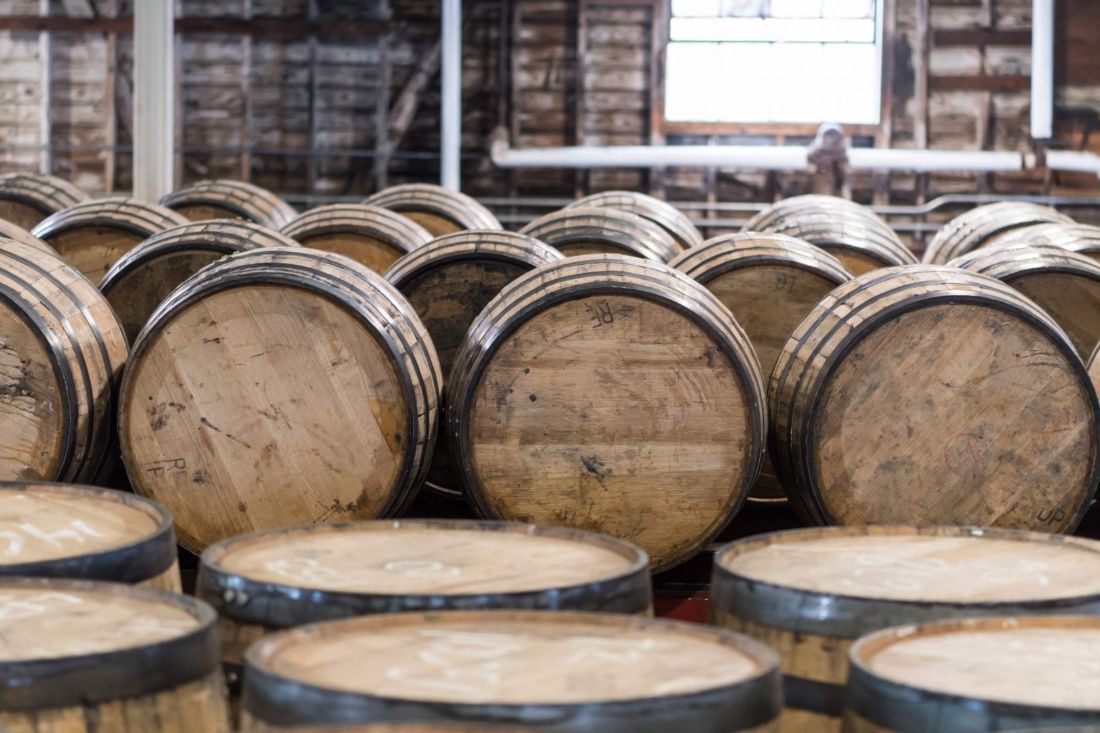
Image Source: Google
Investing in fine wines has been a popular alternative investment for decades, but a new trend is emerging in the world of wine investments – cask investment. Buying and owning a cask of wine has become an attractive option for investors looking to diversify their portfolios and potentially see significant returns. For more information about cask investment, you may look at this website.
Let's explore the rise of cask investment in fine wines and why it has become a lucrative opportunity for many.
What is Cask Investment?
Cask investment involves purchasing an entire cask of wine directly from a vineyard or producer with the intention of selling it at a later date for a profit. The wine is typically stored in a bonded warehouse under ideal conditions to ensure it matures and increases in value over time. Investors can choose to bottle the wine themselves or sell the cask to a buyer who will bottle it once it has reached its peak maturity.
Key points about cask investment:
- Investors purchase the entire cask of wine instead of individual bottles.
- The wine is stored in a bonded warehouse to maintain its value.
- Casks are typically held for a number of years to allow the wine to mature and increase in value.
- Investors can choose to bottle the wine themselves or sell the cask to a buyer.
Why Invest in Cask Wine?
There are several reasons why cask investment in fine wines has become increasingly popular among investors:
Potential for High Returns
- Wine prices have shown a consistent increase over the years, providing investors with the potential for high returns on their investment.
- Rare and highly sought-after wines can command premium prices on the secondary market, allowing investors to capitalize on market demand.
Diversification of Investment Portfolio
- Investing in cask wine allows investors to diversify their portfolios and reduce risk by adding an alternative asset class to their investments.
- Wine has historically shown low correlation with traditional asset classes, making it a valuable addition to a well-rounded investment portfolio.
Pride of Ownership
- Owning a cask of fine wine can provide investors with a sense of pride and enjoyment as they watch their investment mature and potentially increase in value over time.
- Some investors also enjoy the process of being involved in the bottling and branding of the wine before selling it on the market.
How to Get Started with Cask Investment
If you are interested in exploring cask investment in fine wines, here are some steps to help you get started:
Research and Due Diligence
- Research different vineyards and producers to find wines that have a track record of increasing in value over time.
- Consider seeking advice from wine investment experts or financial advisors to help guide your investment decisions.
Financial Planning
- Set a budget for your cask investment and be prepared for additional costs such as storage fees and insurance.
- Understand the potential risks and rewards associated with cask investment and make an informed decision based on your financial goals.
Storage and Maintenance
- Choose a reputable bonded warehouse with optimal storage conditions to ensure that your wine matures properly and maintains its value.
- Regularly monitor the condition of your cask and ensure that it is being stored in a secure and controlled environment.
Conclusion
Cask investment in fine wines is on the rise as more investors recognize the potential for high returns and portfolio diversification that this alternative asset class offers. By purchasing an entire cask of wine and allowing it to mature over time, investors can enjoy the pride of ownership and potentially see significant profits when they decide to sell. If you are considering cask investment, be sure to conduct thorough research, seek expert advice, and carefully plan your investment strategy to maximize your chances of success in this exciting market.